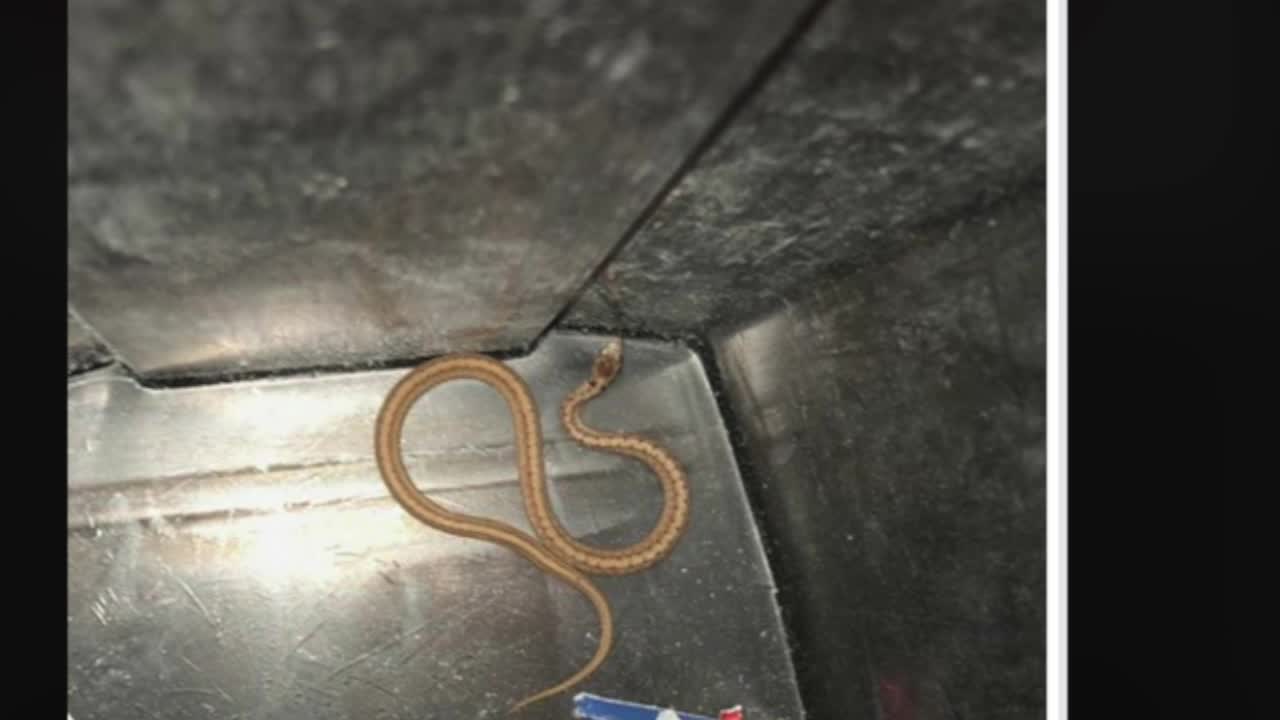High School > Science > Life Science Videos
Life science is a really interesting field of study. It deals with creatures great and small, well known and almost unknown. Biologists deal with all sorts of weird and wonderful living things, exploring environments very far from what we are used to.
Through their field of inquiry, life scientists are able to discover the marvels of nature like the tardigrade. Also called water bears, tardigrades are very hardy creatures. They can survive nearly anything: radiation, pressure, dehydration, as well as extreme heat and cold. Heck, they can even survive the vacuum of space. Tardigrades are almost immortal: like Wolverine, but even better. Where can they be found? Usually, in the humid, grassy areas they call home.
How about the deepest parts of the ocean, like a hydrothermal vent? They can be as hot as 400 degrees Celsius, but biologists still can find some forms of life that call them home. Well, not exactly the parts that are super hot, though; just the surrounding areas that are cooler. One example is the tube worms, which live very near these hydrothermal vents. They are able to tolerate the extreme environment and even thrive in such a place.
Speaking of volcanoes, even those environments are not devoid of life. Volcanic crater lakes and hot springs are also home to several bacteria, too small to see with the naked eye. When someone takes a dip in a hot spring, he won’t even know they’re around. Such bacteria get their nourishment from the iron and sulfur abundant in such environments. Not to worry, though, because those bacteria are harmless to humans.
Life always finds a way to thrive, even in the most extreme environments. As biologists continue to explore uncharted territories within our planet, expect a lot more exotic forms of life to be found in the most unlikely of places.









